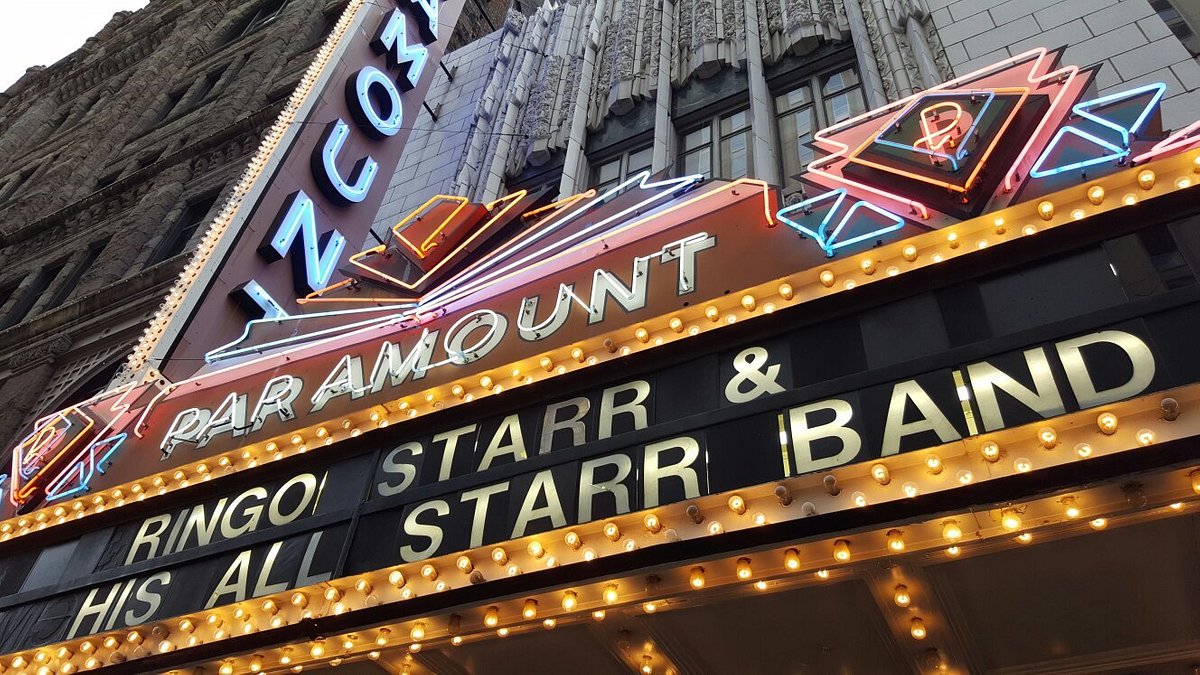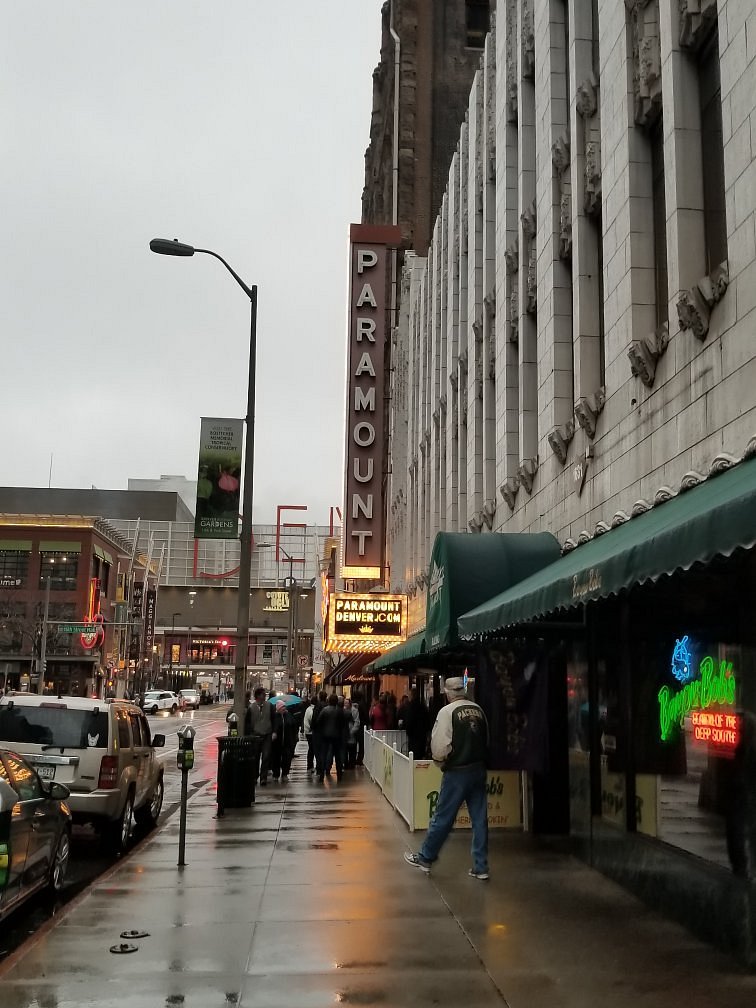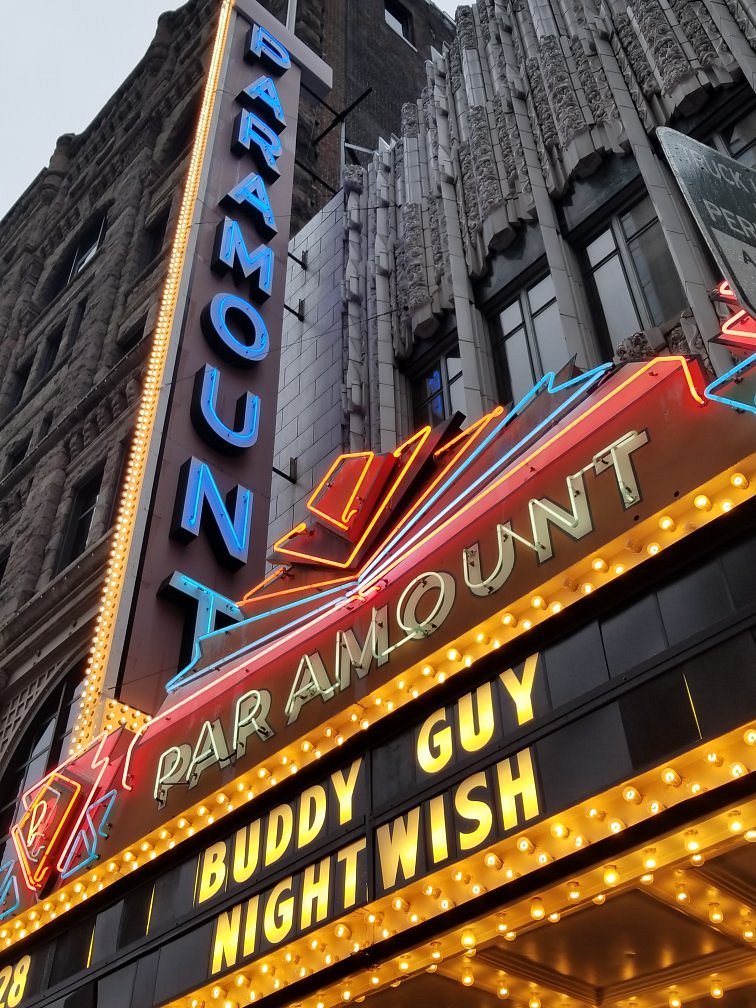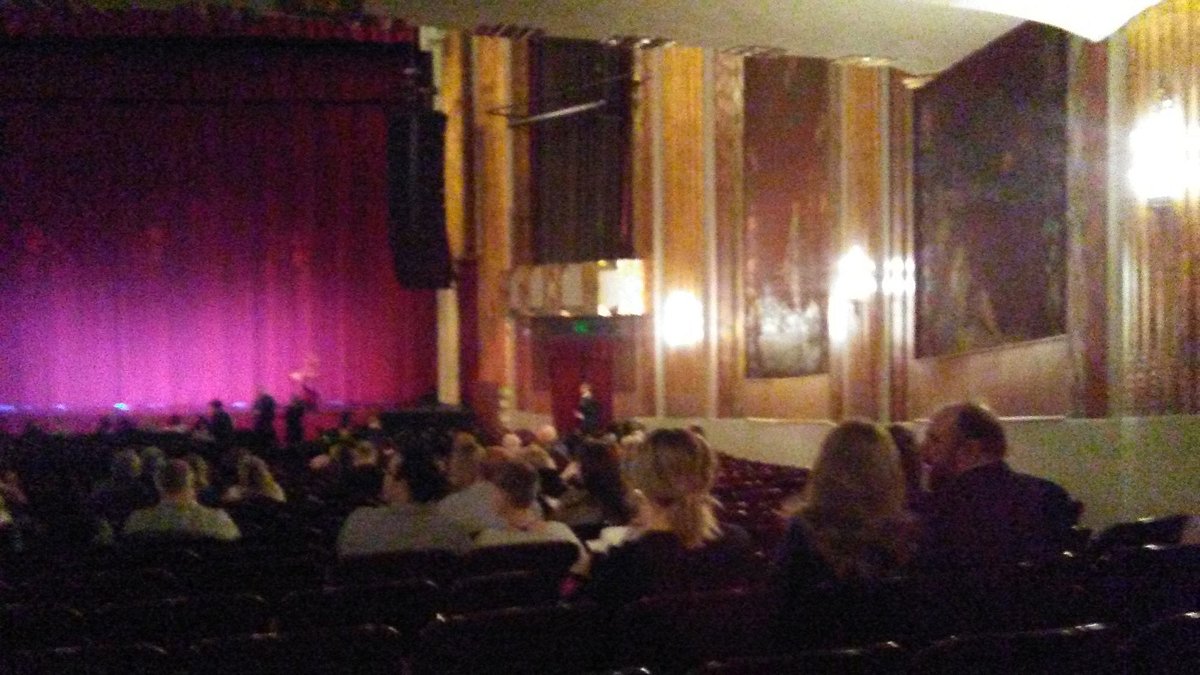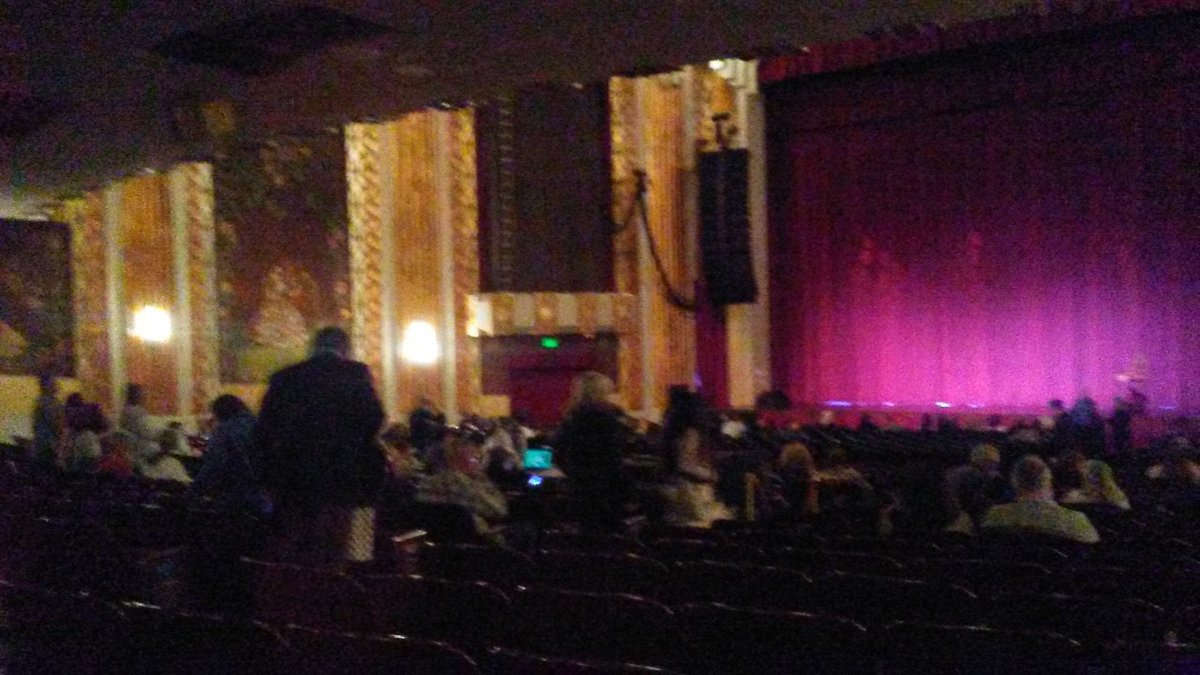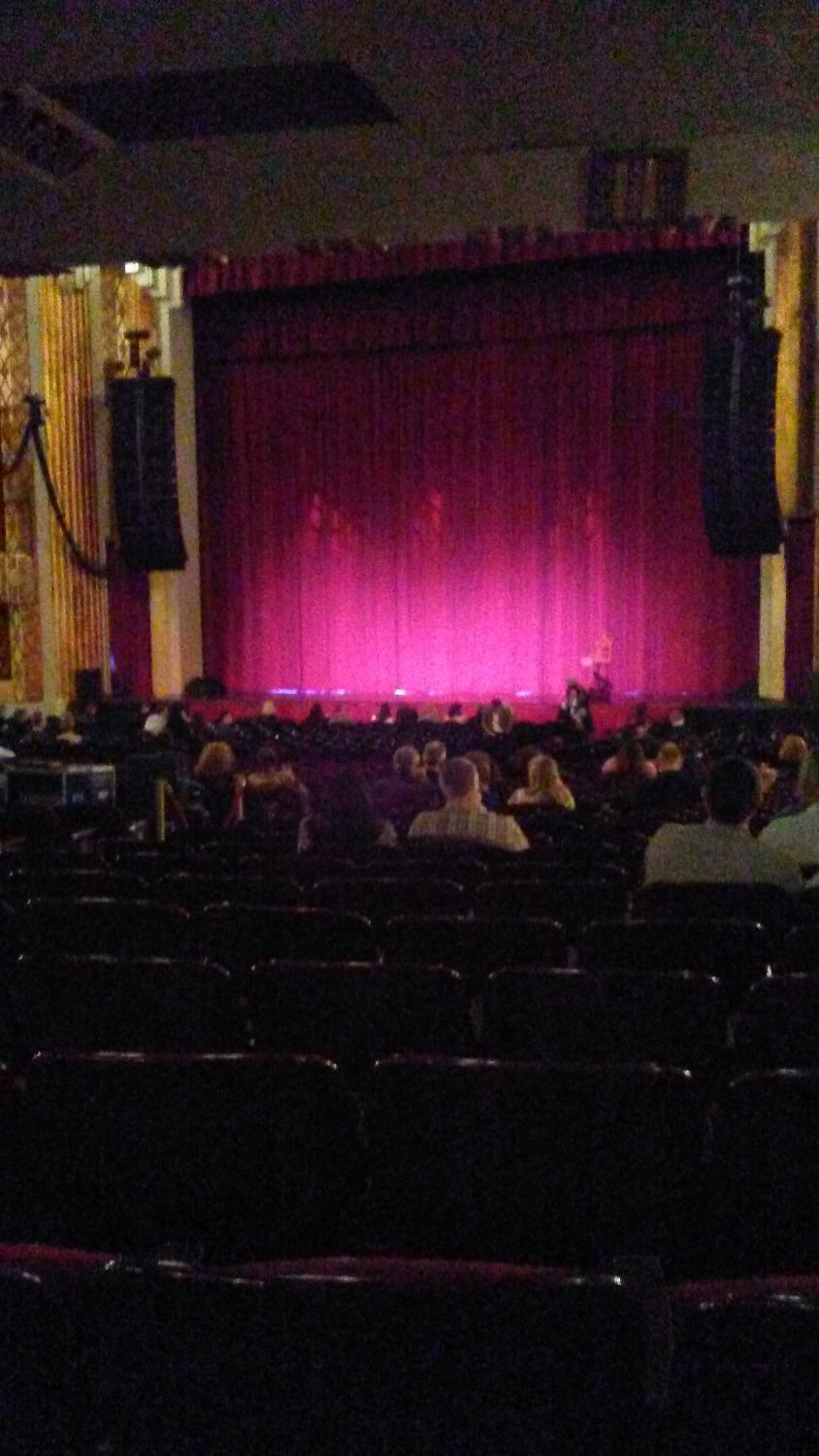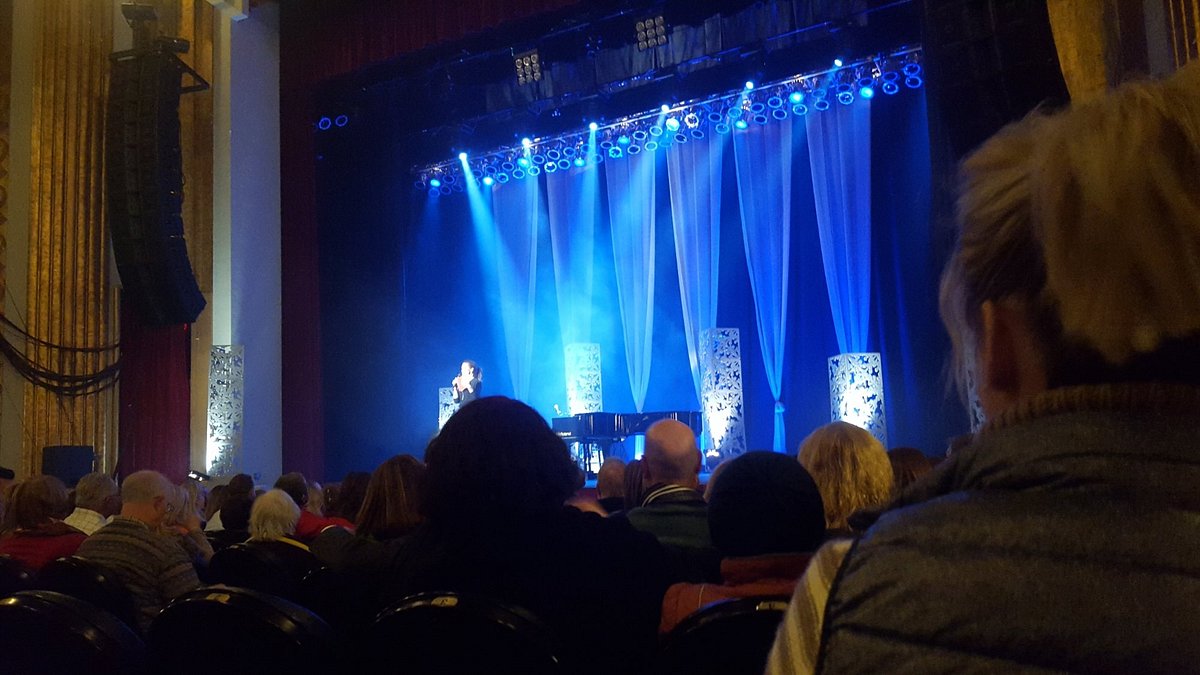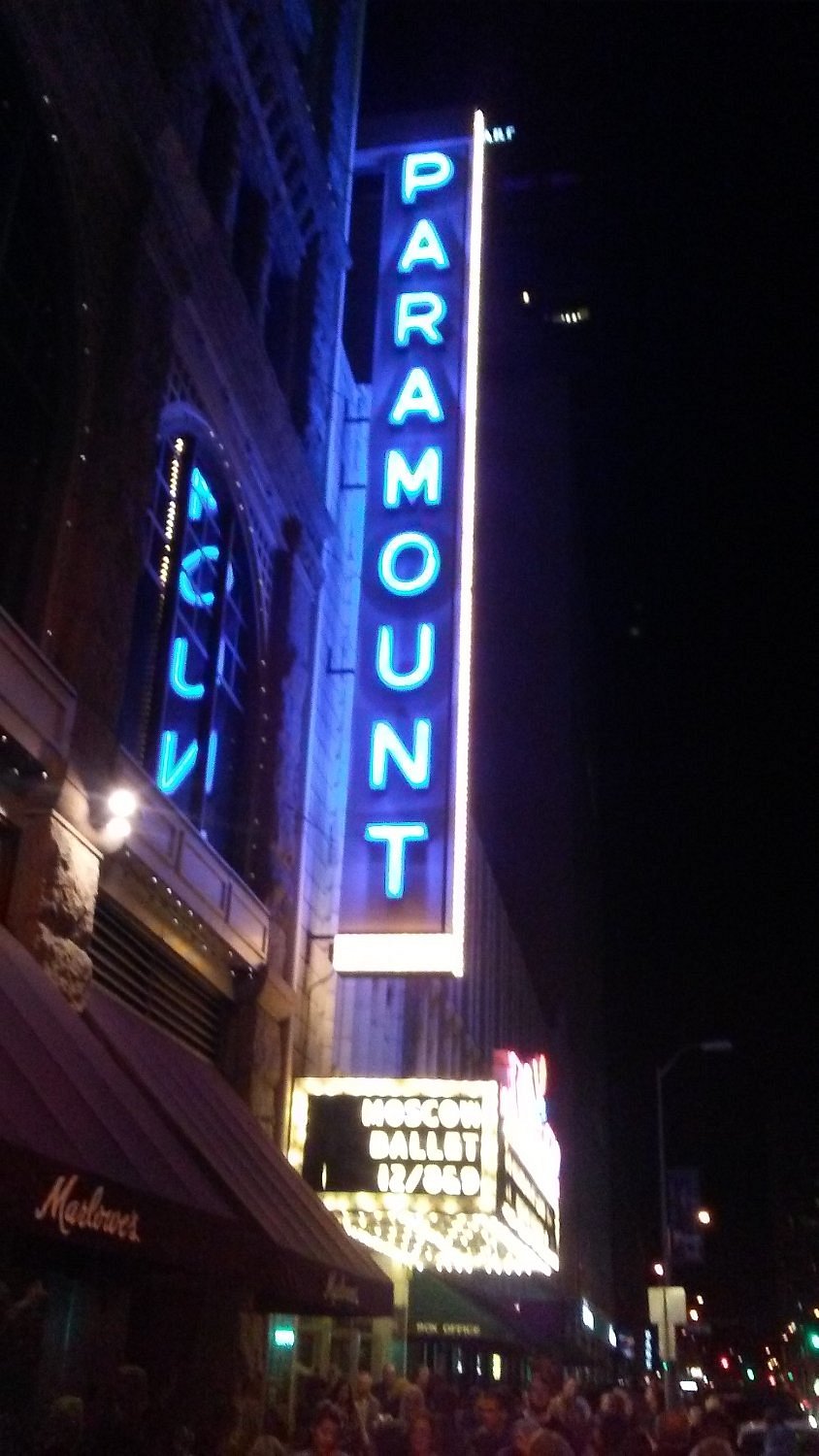Built by Temple Buell for Publix Theatres in 1930, Paramount Theatre instantly surpassed the standards of the dozens of theatres that lined the streets of Denver and has remained the only local theatre of its time to maintain its original dignity and glamour. It is significant not only as an excellent illustration of Art Deco design and craftsmanship and a tribute to an architect who made considerable contributions to the Denver region, but as a unique reflection of a broad social and cultural phenomenon that prevailed in the early decades of the 20th century in Denver and the entire nation.
By the mid 1920’s, the movie house had become America’s primary social gathering place and amusement center. The “theatres for the common man” entertained millions in the 20’s as much by their own fantastic splendor as by the fantasy presented on their stages and screens. Paramount Theatre was no exception. On August 29, 1930, an estimated crowd of 20,000 gathered in the streets of Denver to celebrate the Grand Opening showing of “Let’s Go Native”, rivaling the attendance and excitement previously generated only by Hollywood premiers. The rave reviews and wide-spread public awe immediately established Paramount Theatre as the foremost movie house in Denver.
The glamorous atmosphere was and is heightened by the original architectural and design elements. The architect, Temple Buell, built several important buildings in the region and is credited for founding the “western style” of architecture. Despite his many successes, Buell was known to claim Paramount as the finest example of his work. The Theatre is an unrivaled testament to Art Deco design and the craftsmanship of the era. The façade, with pre-cast concrete blocks enhanced by glazed terra cotta moldings, offers a striking contrast to the rusticated stone of surrounding buildings. It also reflects a popular design device of the period: terra cotta decorative elements create the illusion of extra height for the three-story building. The ornate details above the windows and on the sills showcase a recurrent interior motif of rosettes, leaves, feathers and fiddle-head ferns. Green-tinged black marble at the street level and above each window give contrast and more drama to the exterior elements.


